
Aerial views of Berkeley Lab made using an aerial photography drone at Lawrence Berkeley National Laboratory, Berkeley, California. Visit the photo archive for the full shot.
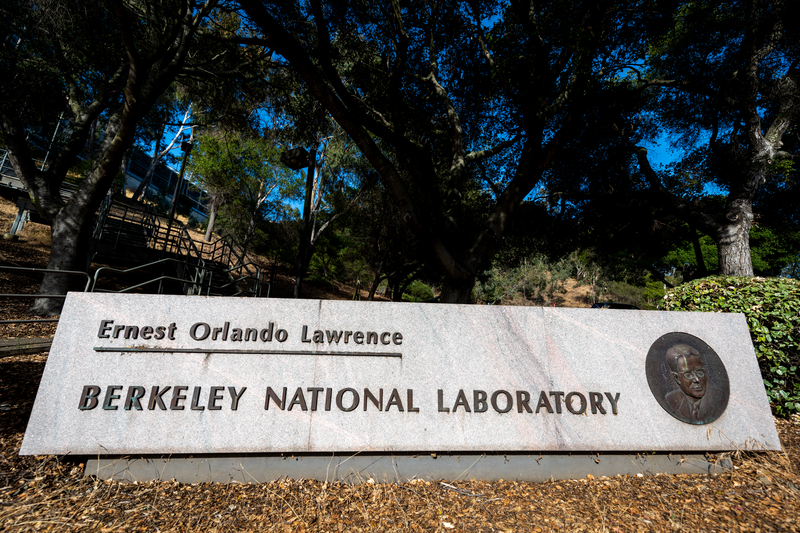
Lawrence Berkeley National Laboratory, which is named after the Nobel physicist Ernest Lawrence, is working to develop sustainable energy and environmental solutions, create useful new materials, advance the frontiers of computing, and probe the mysteries of life, matter, and the universe.
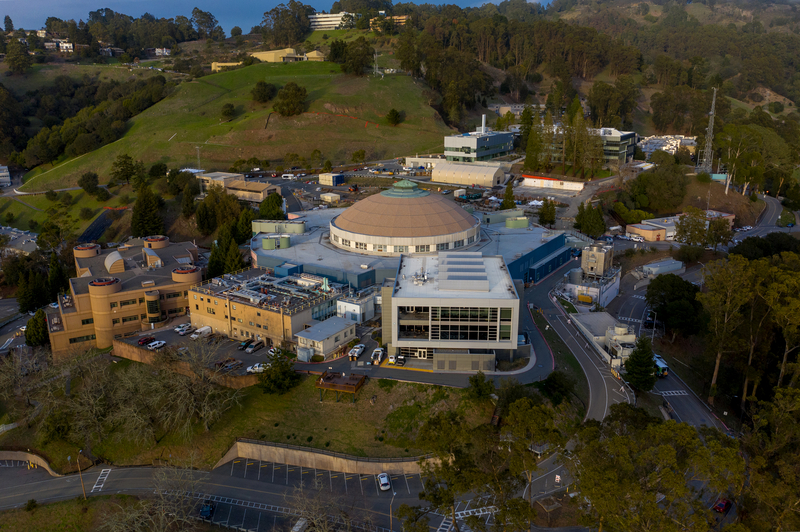
The Advanced Light Source is a specialized particle accelerator, known as a synchrotron light source, that generates bright beams of X-ray, infrared, and extreme ultraviolet light useful for research. It supports the research of 2,000 users annually.
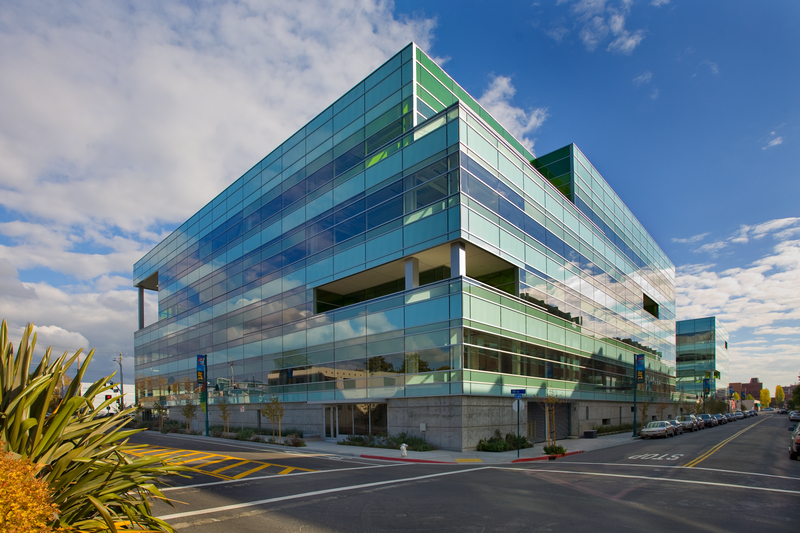
The Joint BioEnergy Institute (JBEI), a U.S. Department of Energy (DOE) bioenergy research center led by Berkeley Lab, conducts basic science in synthetic biology, agronomy, and advanced analytics to develop sustainable technologies that efficiently transform bioenergy crops into carbon-neutral biofuels and bioproducts.
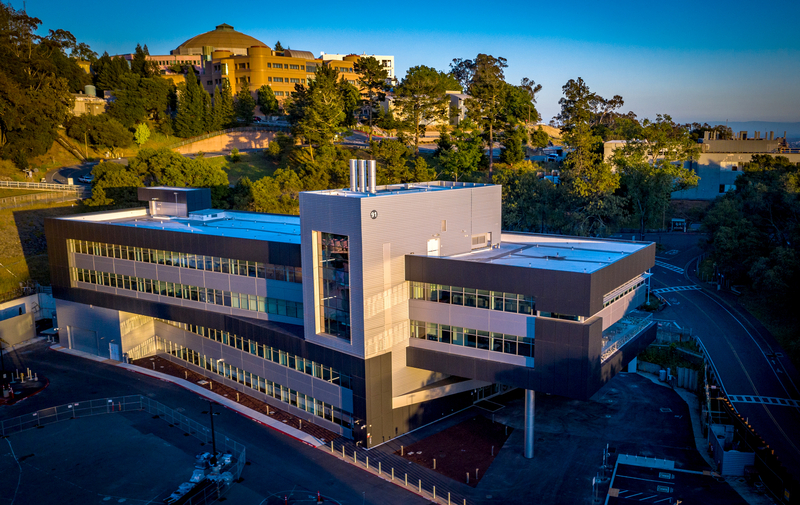
The Integrative Genomics Building at Lawrence Berkeley National Laboratory is home to two DOE research programs: the Joint Genome Institute (JGI) and the Systems Biology Knowledgebase (or KBase).
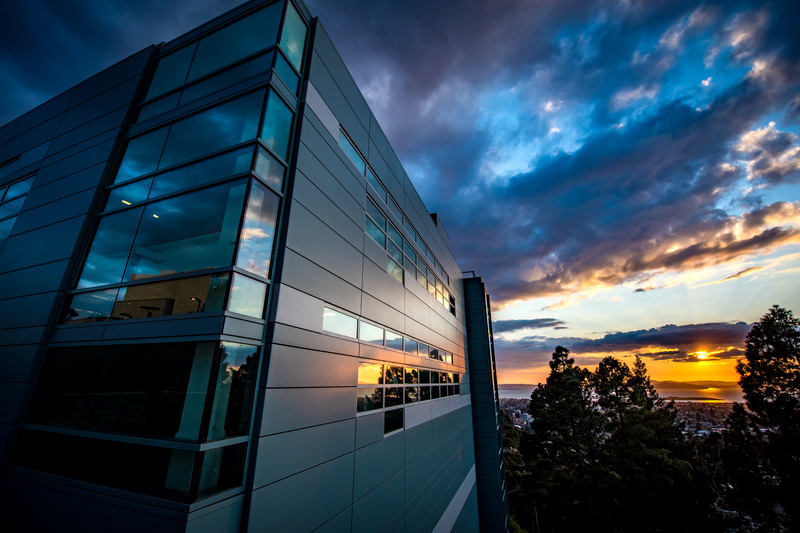
As the primary scientific computing facility for the DOE Office of Science, the National Energy Research Scientific Computing Center (NERSC) provides computational resources and expertise to more than 8,000 scientists each year, who use it to perform unclassified basic research.
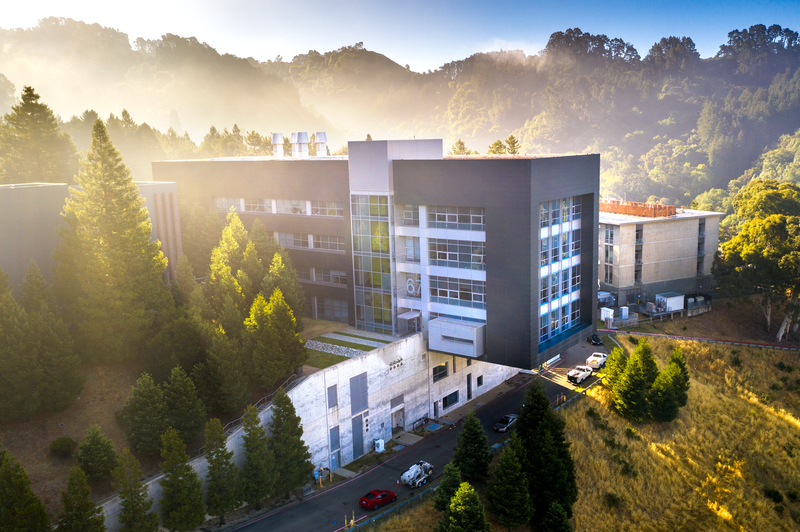
The Molecular Foundry is a DOE-funded nanoscience research facility that provides scientists from around the world access to world-class expertise and instrumentation in a collaborative, multidisciplinary environment.
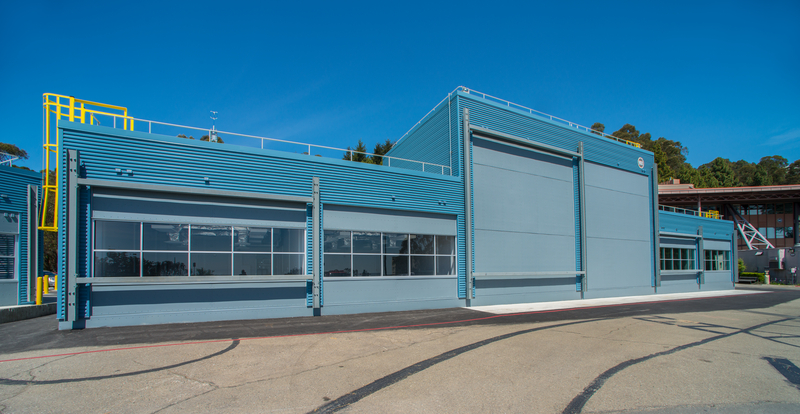
An advanced building and grid technologies testbed, FLEXLAB® can help researchers, builders, architects, and agencies test building systems, including HVAC, lighting, windows, envelope, control systems, and plug loads, in pursuit of energy savings.
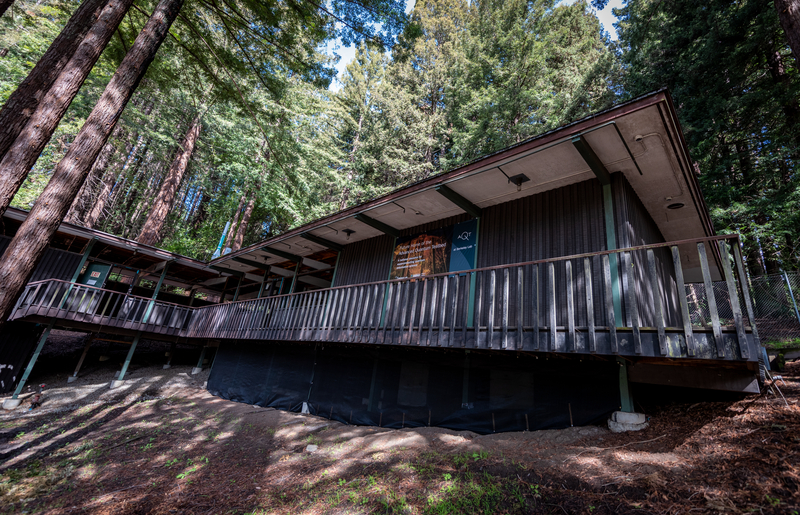
The Advanced Quantum Testbed (AQT) is a state-of-the-art collaborative research laboratory to advance quantum information science and technology based on superconducting circuits. The AQT operates an open-access quantum computing platform for deep collaboration with external users.
Developing an article on Berkeley Lab? Download Berkeley Lab footage to help tell your story.
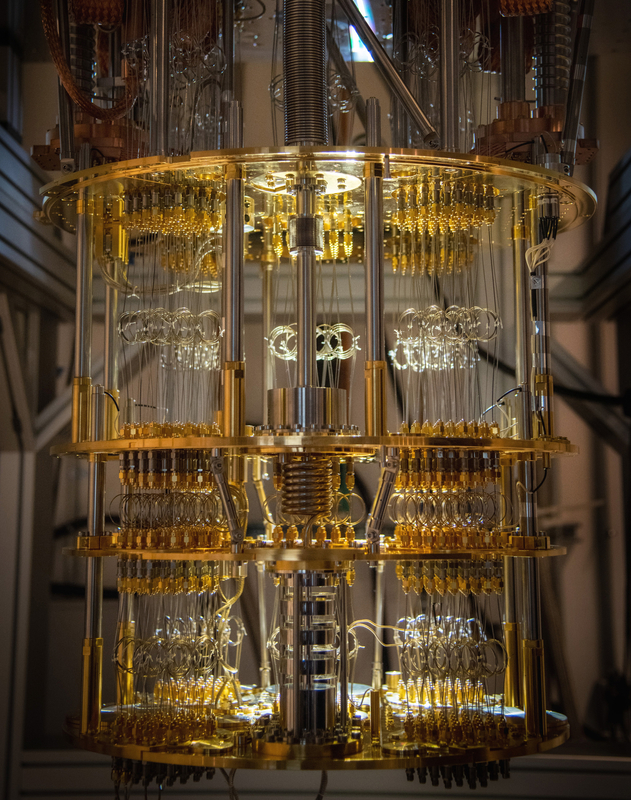
A 1,000-microwatt dilution refrigerator targeting full control of 128 qubits. This tool is the main instrument accessible to DOE users of the AQT, and is fully capable of remote operation. The current hardware configuration involves the parallel operation of multiple processor architectures to explore a larger design and application tradespace.
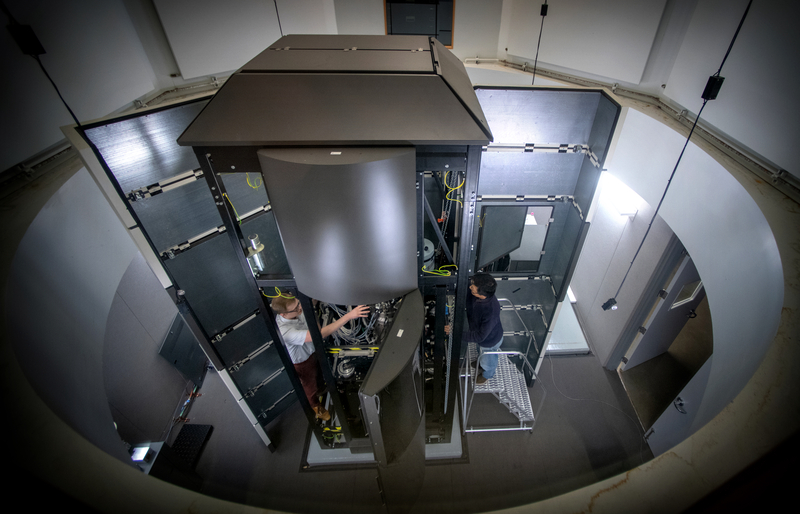
Scientists work on the TEAM 1 microscope at the Molecular Foundry’s National Center for Electron Microscopy facility, which enables electron-optical characterization of materials with state-of-the-art instrumentation and expertise.
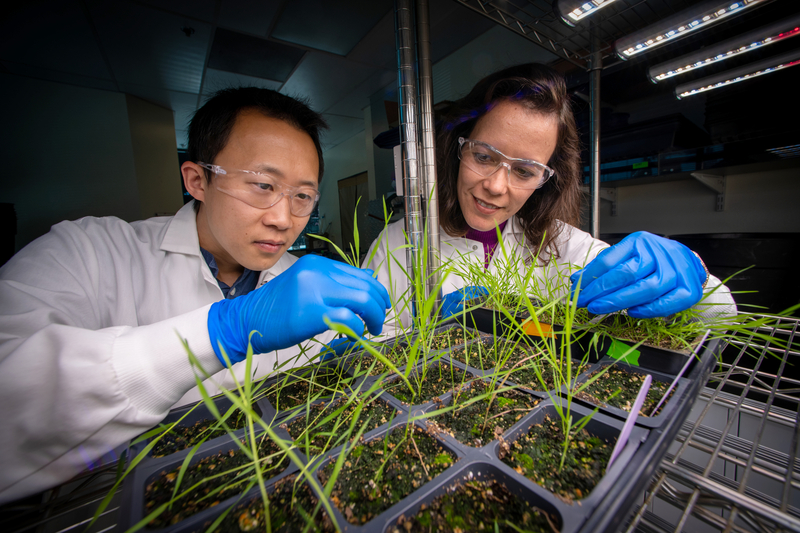
Scientists work in the EcoPod — a new enclosed environment that allows direct and intensive monitoring and manipulation of replicated plant-soil-microbe-atmosphere interactions over the complete plant life cycle.
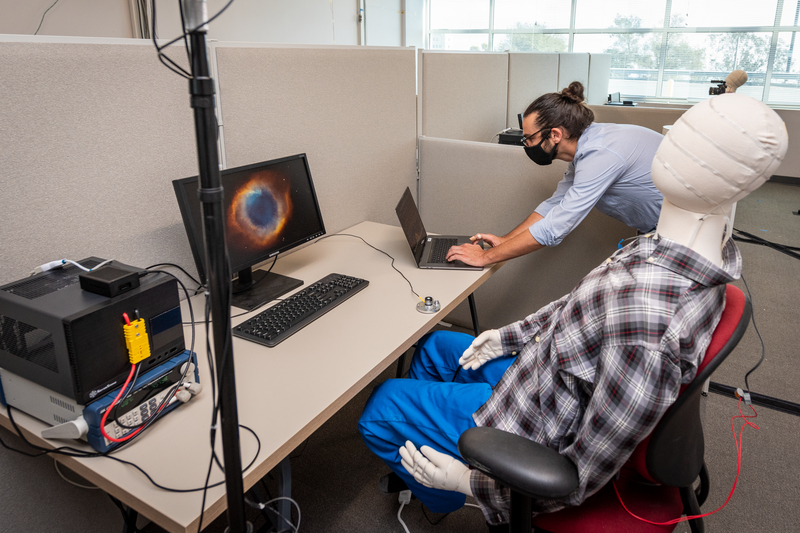
Simulations in the FLEXLAB® showed as much as 35% of an annual electricity bill could be saved, with a payback of the investment in battery storage in about six years — significantly shorter than the manufacturer’s 10-year warranty.
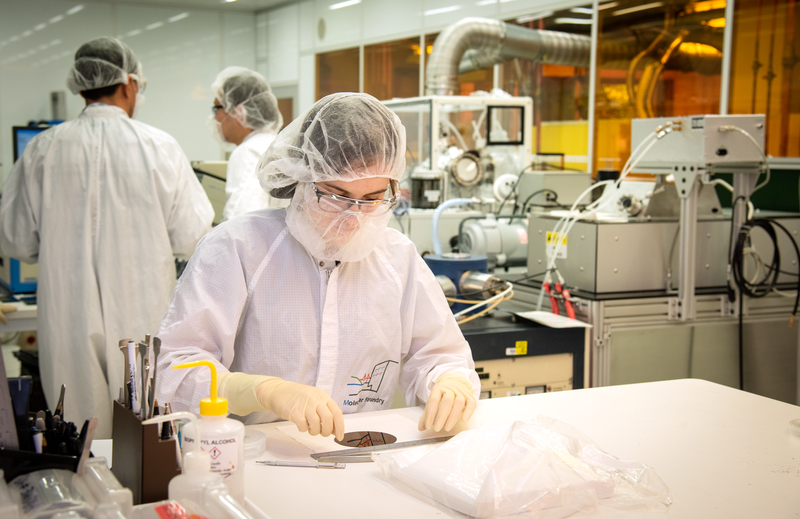
Scientists and several users work in the Nanofabrication Facility cleanroom at the Molecular Foundry.
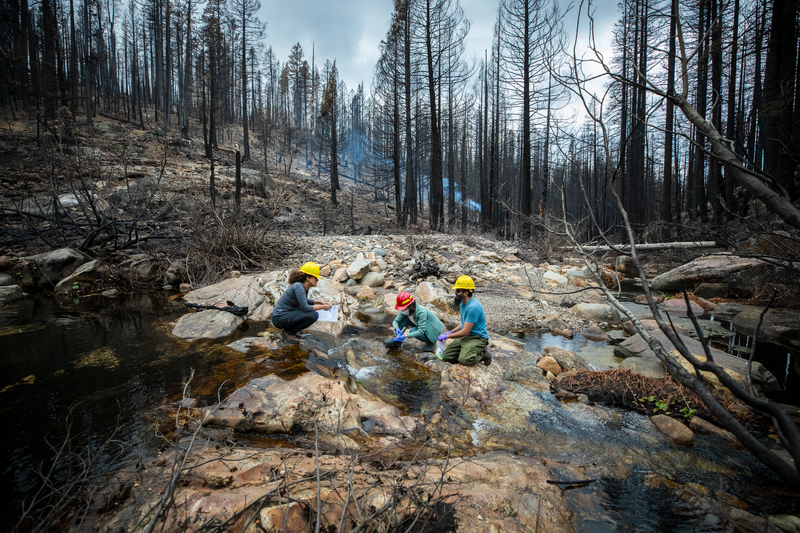
UC Davis Associate Professor and Faculty Scientist Jasquelyn Peña, Postdoc Kyounglim Kang, and National Forest Service Hydrologist Vince Pacific collect water samples from a creek in Capps Creek Crossing.
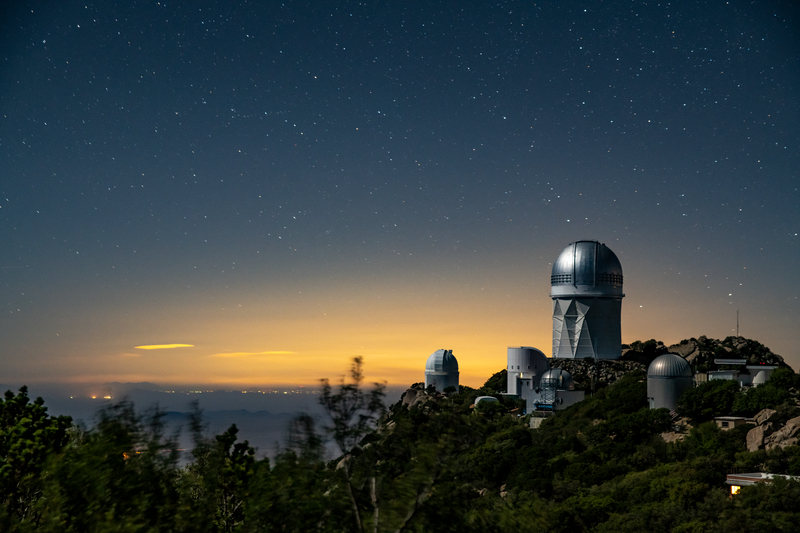
The Dark Energy Spectroscopic Instrument (DESI) will measure the effect of dark energy on the expansion of the universe. It will obtain optical spectra for tens of millions of galaxies and quasars, constructing a 3D map spanning the nearby universe to 11 billion light years.
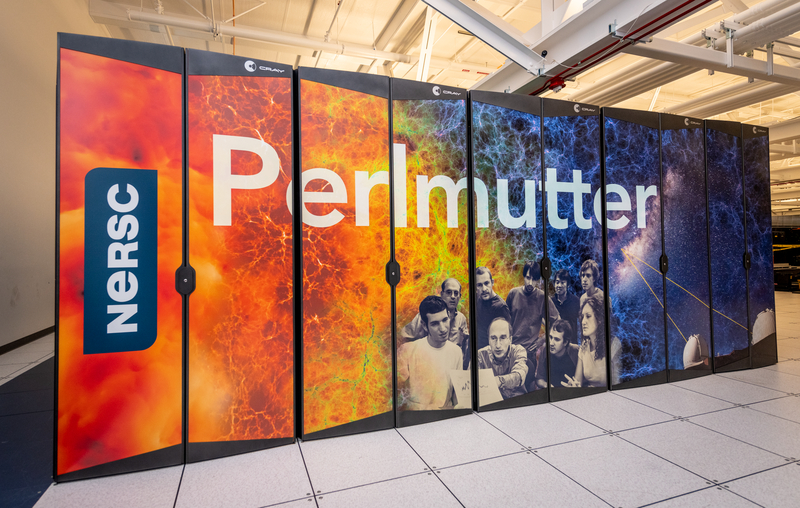
Perlmutter, a Hewlett Packard Enterprise Cray exascale supercomputer, is a heterogeneous system with both GPU-accelerated and CPU-only nodes. Its projected performance is three to four times that of NERSC’s current flagship system, Cori.
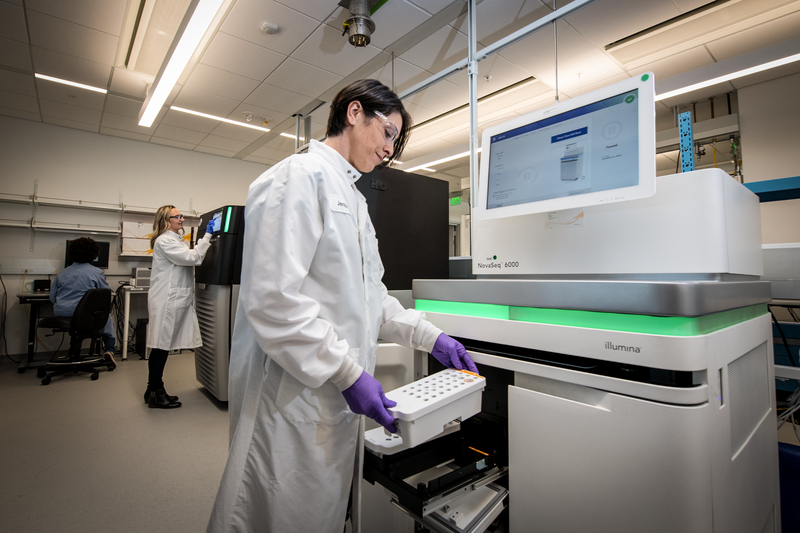
A scientist loads a sample into the Illumina NovaSeq 6000 gene sequencing platform as part of her work with the Sequencing Technologies Group at the DOE Joint Genome Institute (JGI). The key function of the Sequencing Technologies Group is to apply cutting edge molecular capabilities and state-of-the-art DNA sequencing to enable biological discovery by JGI and external DOE users.
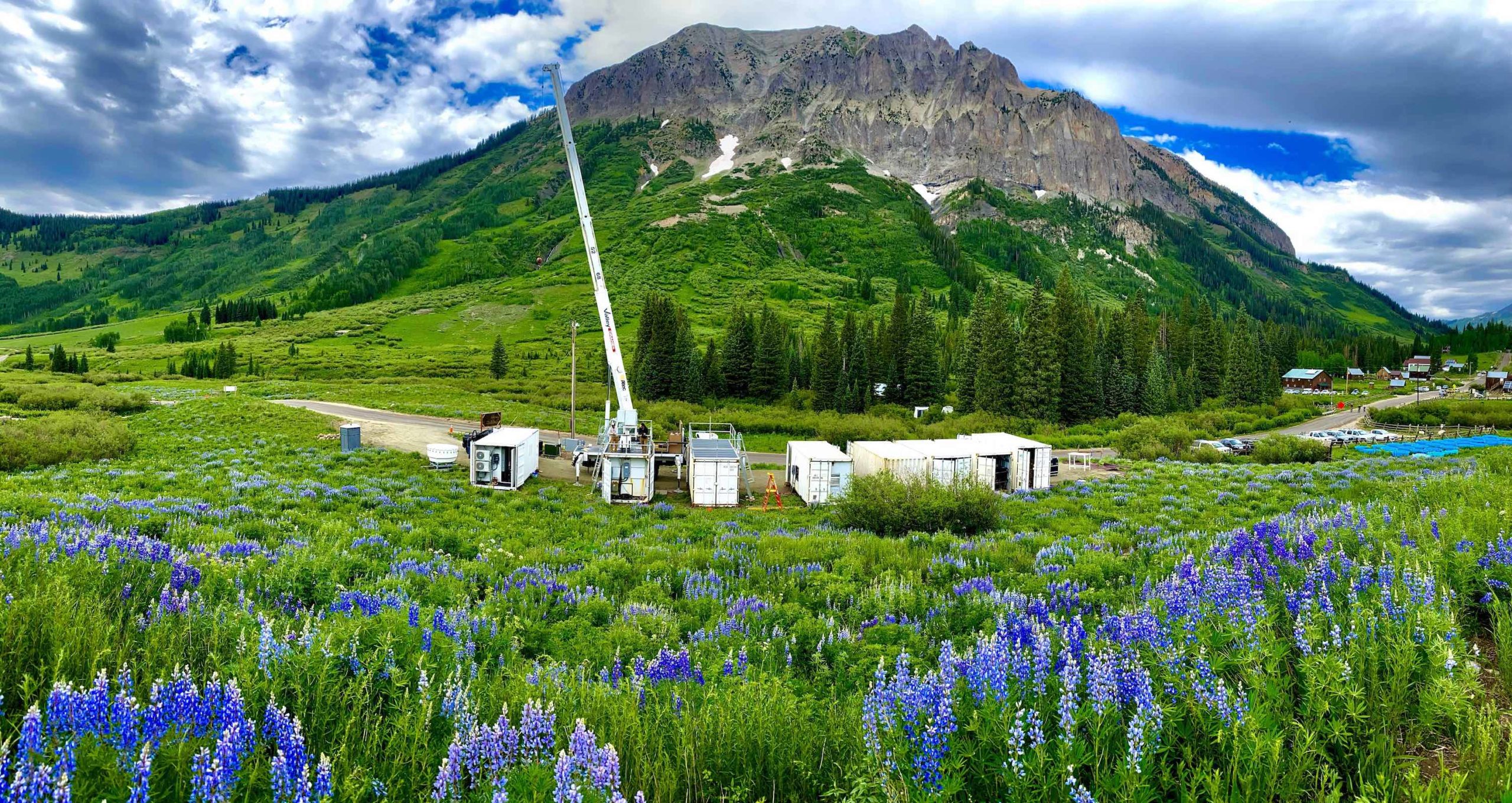
The Surface Atmosphere Integrated Field Laboratory (SAIL), which is located in Colorado’s Rocky Mountains, is the first-ever “bedrock-to-atmosphere” observatory, and could enable scientists to predict future water availability in the West. (Image courtesy of the U.S. Department of Energy Atmospheric Radiation Measurement (ARM) user facility)